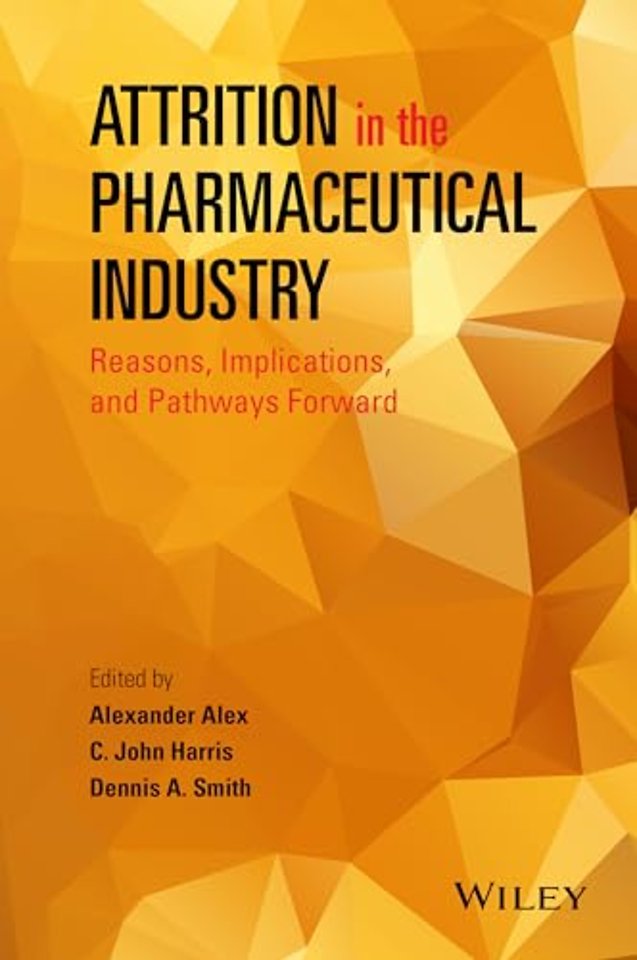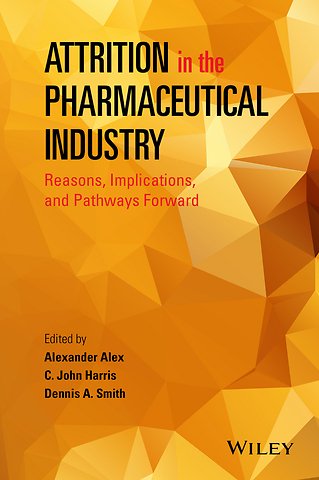Attrition in the Pharmaceutical Industry – Reasons ,Implications, and Pathways Forward
Reasons, Implications, and Pathways Forward
Samenvatting
With a focus on case studies of R&D programs in a variety of disease areas, the book highlights fundamental productivity issues the pharmaceutical industry has been facing and explores potential ways of improving research effectiveness and efficiency.
Takes a comprehensive and holistic approach to the problems and potential solutions to drug compound attrition
Tackles a problem that adds billions of dollars to drug development programs and health care costs
Guides discovery and development scientists through R&D stages, teaching requirements and reasons why drugs can fail
Discusses potential ways forward utilizing new approaches and opportunities to reduce attrition

